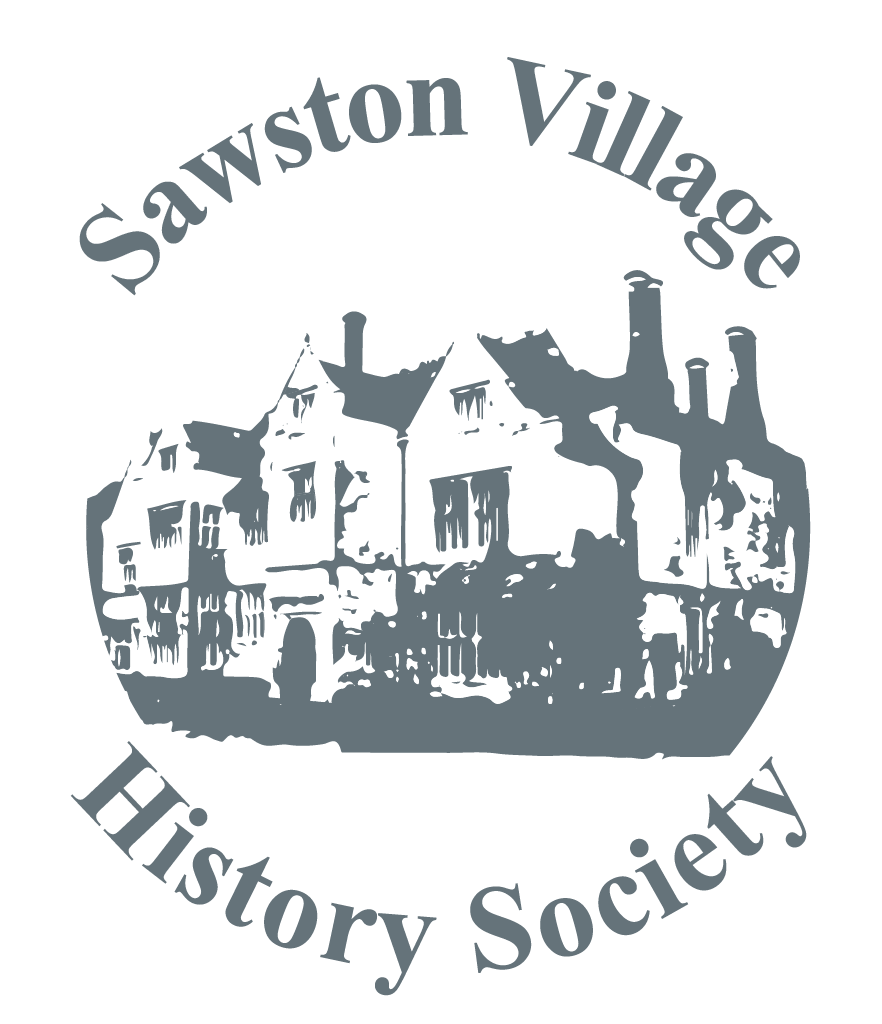
The May meeting was held at Sawston Hall, by kind invitation of John and Jennifer Crompton, to mark the new Society logo which features the Hall.
On a lovely summer evening the Hall was looking at its best and John began by outlining his role as the owner of the Hall and how it works as a family home as well as an historic building. He went on to talk about some of the art work in the Great Hall, which he and Jennifer had acquired in Hong Kong and elsewhere.
The members then moved to the courtyard, from where the lay-out of the Hall as a courtyard house can be seen most clearly. The rebuilding after the 1553 fire was completed in 1583 by Edmund Huddleston and even then, this style was outmoded. As Roman Catholics the Huddlestons were subject to persecution and fines and were disqualified from participation in local and national affairs. They had few spare resources to spend on updating their house and so it remains a splendid, unadulterated example of the courtyard style.
The chapel was also visited and the decorated ceiling much admired. The stained-glass windows commemorate four Catholic martyrs, Sir Thomas More, Margaret, countess of Salisbury, Adrian Fortescue and John Rigby. The first three died in the reign of Henry VIII and Rigby under Elizabeth I. Both the countess of Salisbury and Adrian Fortescue were related to the Huddlestons as both were members of the Neville family. Isabella Neville was the heiress who inherited the manor of Sawston and she married William Huddleston in 1511 and so began the Huddleston tenure of the manor. The windows show them with the palms that signify martyrdom and the instruments by which they were executed, either an axe for the first three who were of the upper classes and so beheaded and the noose and knife for Rigby, who was the Huddleston’s steward.
Members then climbed the spiral staircase made of bog oak to the Long Gallery where the ladies of the household could sew in the good light it provides as it faces south. From there a further climb led them to the priest hole which was built by Nicholas Owen and never discovered by the authorities during the persecution under Elizabeth I.
On returning to the Great Hall, members enjoyed refreshments and a chance to look at some of the items in the Mary Challis Archive which relate to the Hall, including a selection of guide books from when the Hall was open to the public and a photograph album belonging to Captain and Mrs Huddleston from the 1930s.
The meeting concluded with thanks to John and Jennifer.
Mary Dicken